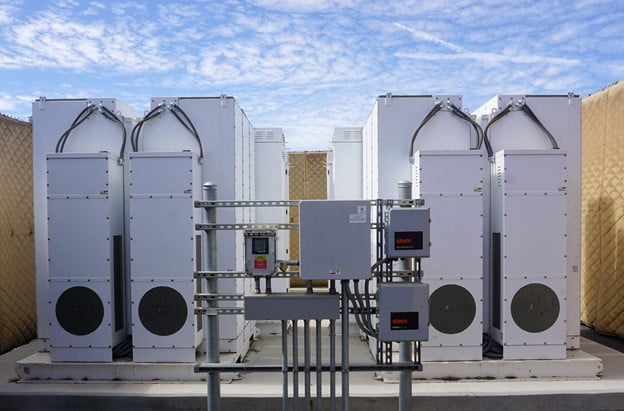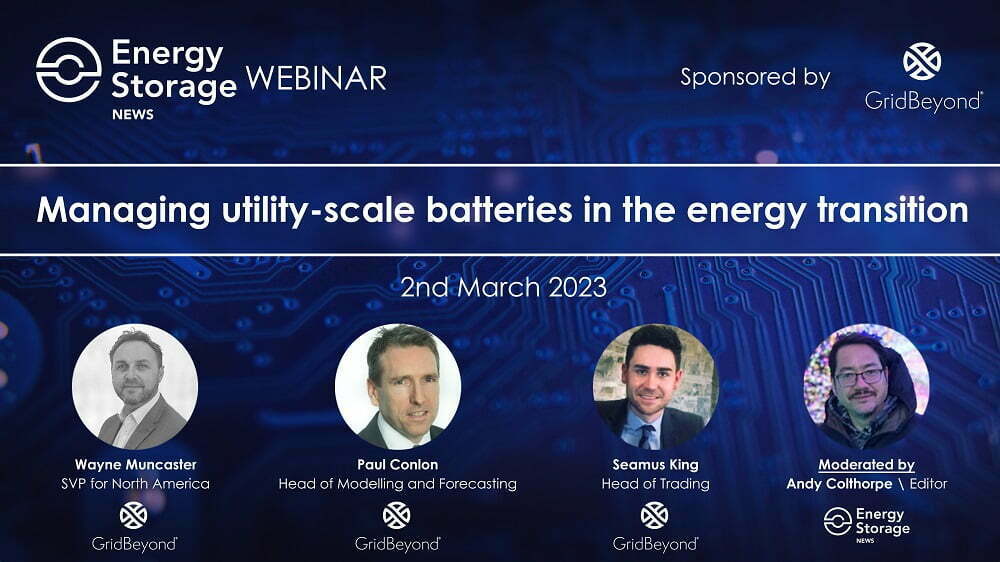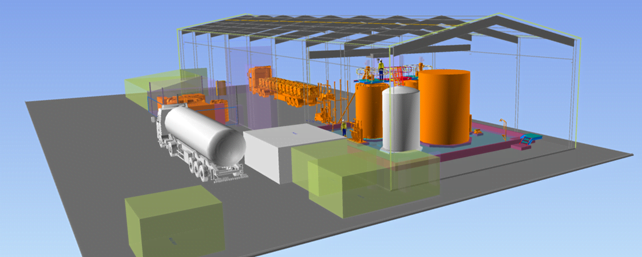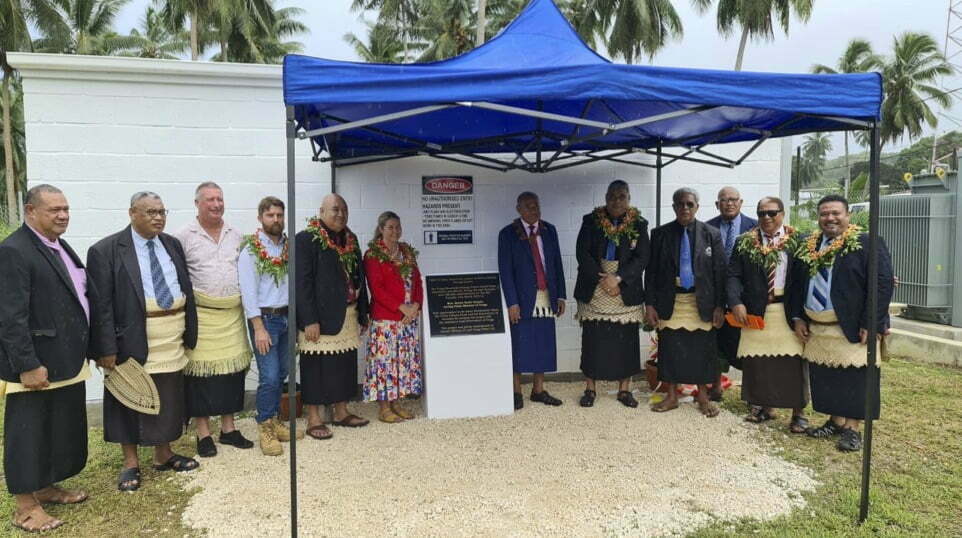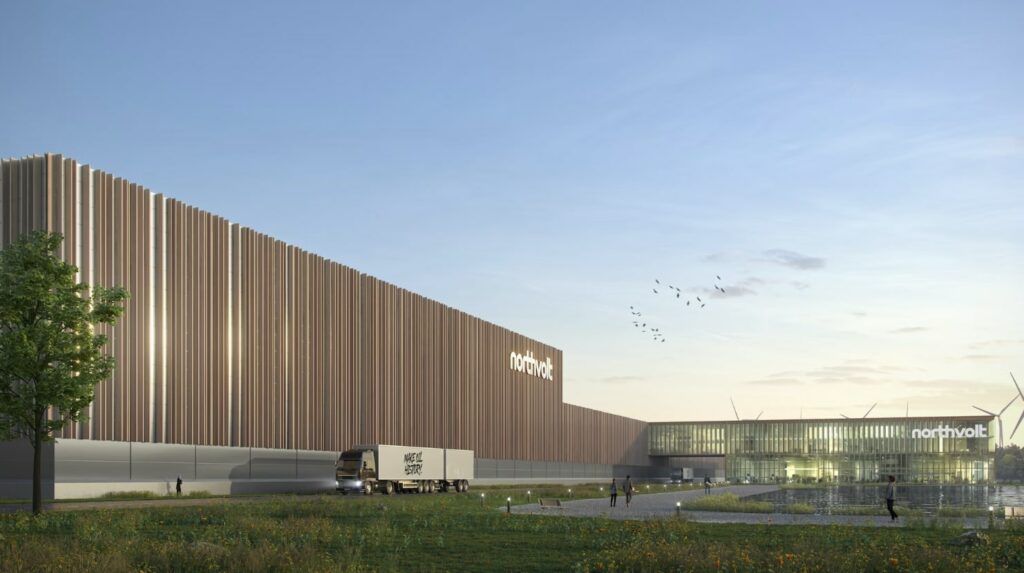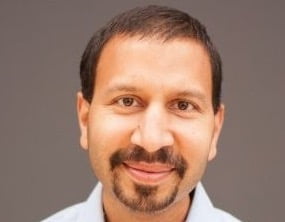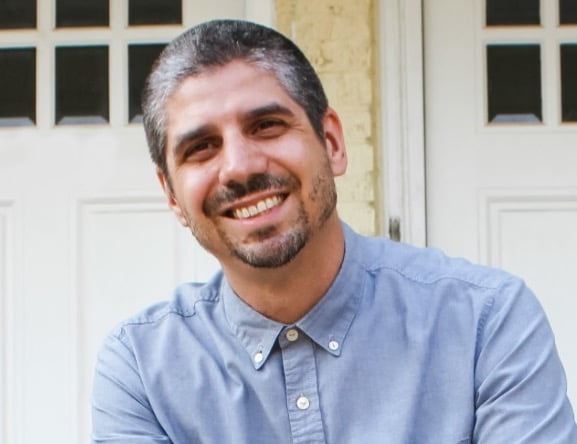A Stem Inc commercial and industrial (C&I) battery storage installation. Image: Stem Inc.
Connecticut utilities Eversource, UL and a quasi-state bank have together launched the next 100MW tranche of a programme aimed at incentivising 580MW of customer-sited energy storage projects.
Connecticut Green Bank announced the launch of the Energy Storage Solutions Commercial Tranche 2 two years ahead of schedule due to demand yesterday (15 March). The first 50MW of the programme was launched in January 2022, reported by Energy-Storage.news at the time.
The programme provides upfront and performance-based incentives for the installation of battery storage on commercial and industrial (C&I) and residential sites. As well as improving resiliency and reducing bills for the customers, the battery systems pay out for 10 years as the systems send energy to the grid when it’s most needed.
The first tranche has seen 27 C&I projects from six developers approved totalling 46.4MW/139.4MWh of energy storage – 3-hour duration – and another 1MW of residential systems. It is being overseen by Connecticut’s Public Utilities Regulatory Authority (PURA).
“Working with our utility colleagues as co-administrators of Energy Storage Solutions, we look forward to the interconnection and dispatch of these systems around our state,” says Sergio Carrillo, Managing Director of Incentive Programs for the Connecticut Green Bank, which will be administering the programme alongside Eversource and UI.
“We are seeing more and more small businesses and critical community facilities installing battery storage through the program,” he added.
The financial incentives are spelt out in the table below from the Energy Storage Solutions website.
The site also says that deployments must use six pre-approved ESS solutions. The six for C&I projects are specific models from Cadenza, Caterpillar Inc, ELM Fieldsight, Milton CAT, Socomec and Tesla, its Megapack 2. Eligible residential solutions are from Enphase Energy, Generac PWRcell and Sunpower.
The New England state committed to a 1,000MW energy storage deployment target for 2030 back in 2021, which includes projects deployed through this programme.
Energy-Storage.news’ publisher Solar Media will host the 5th Energy Storage Summit USA, 28-29 March 2023 in Austin, Texas. Featuring a packed programme of panels, presentations and fireside chats from industry leaders focusing on accelerating the market for energy storage across the country. For more information, go to the website.
Continue reading

